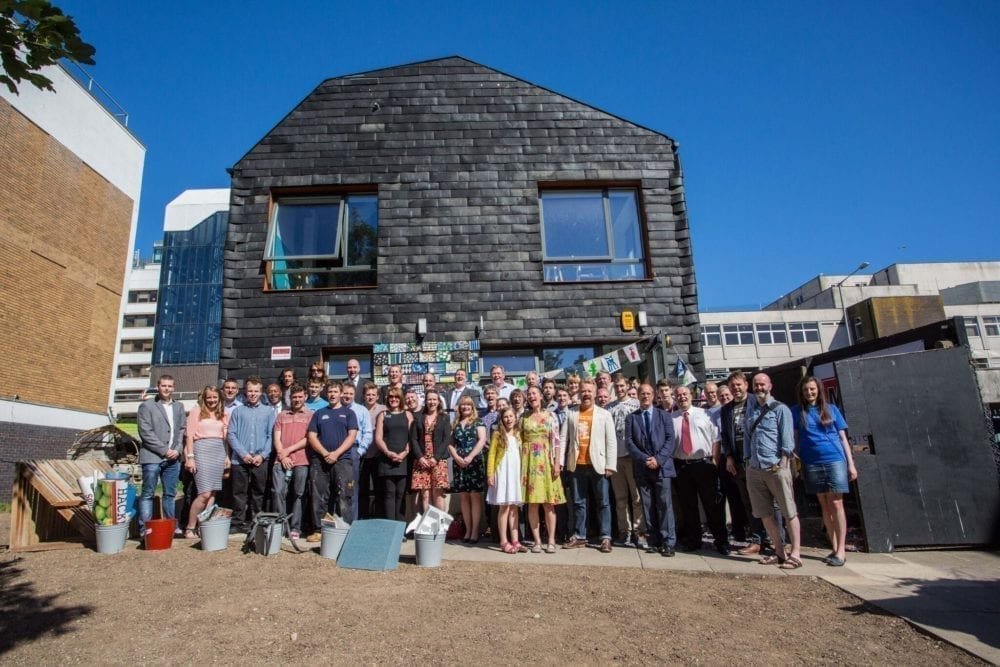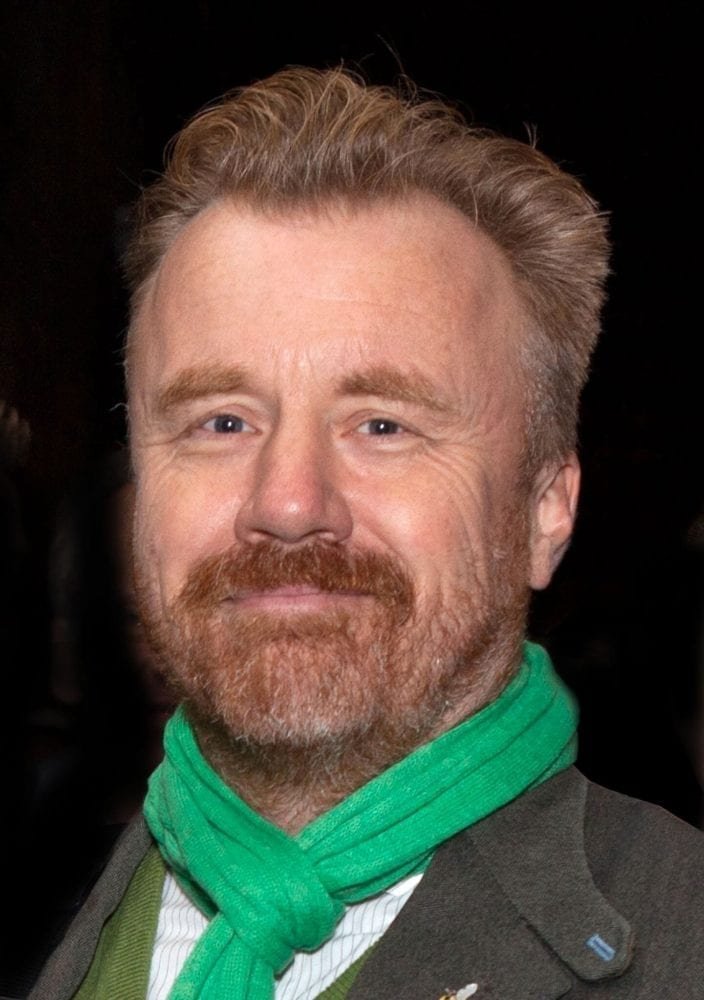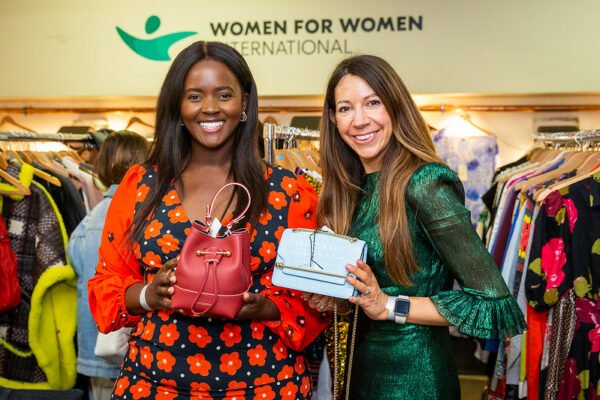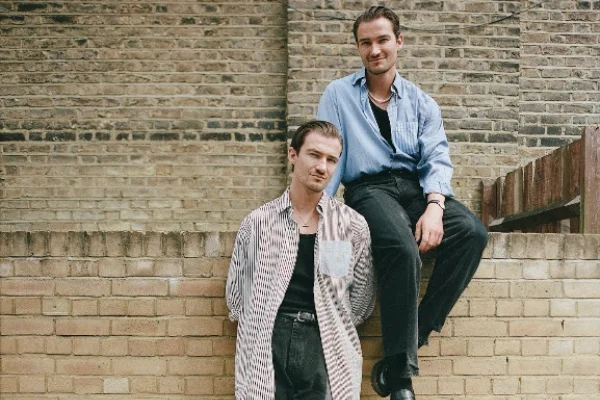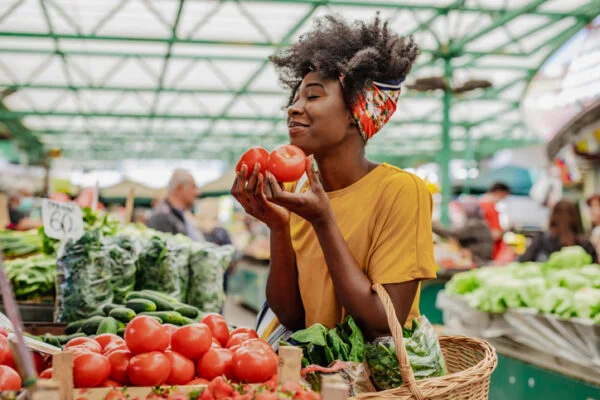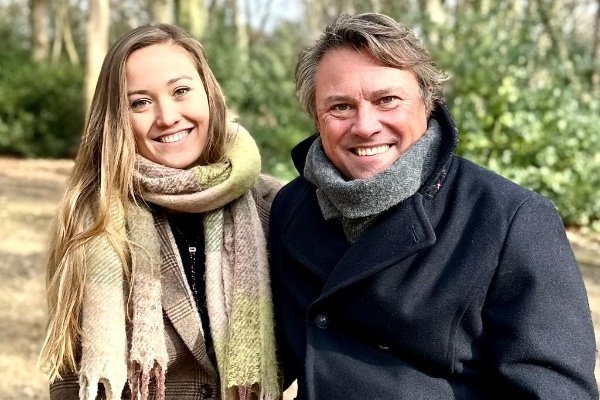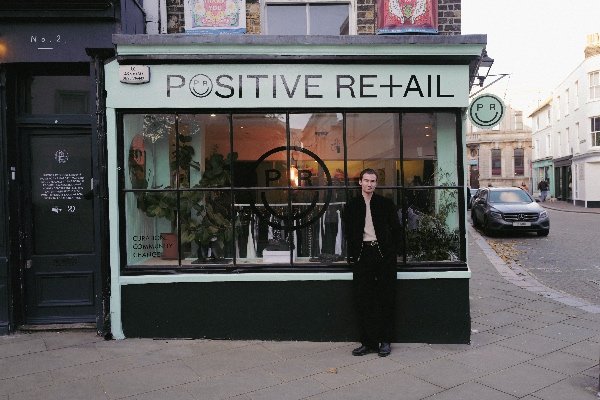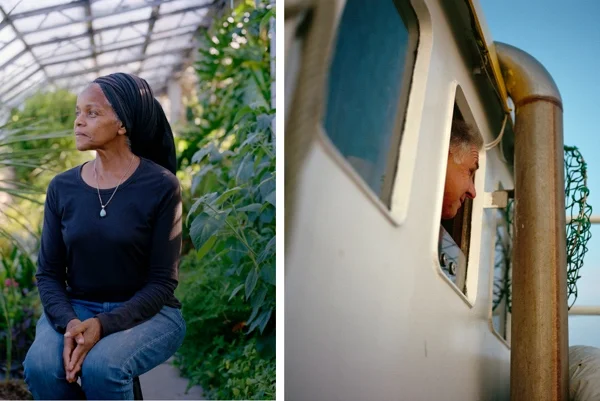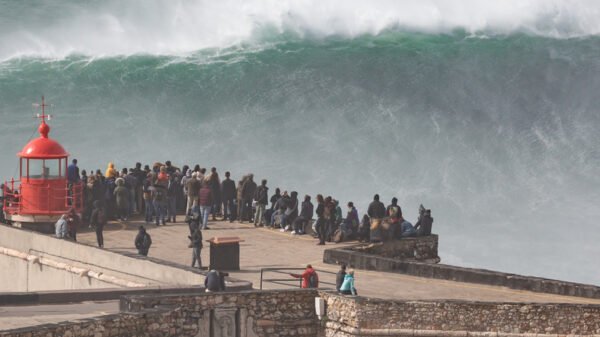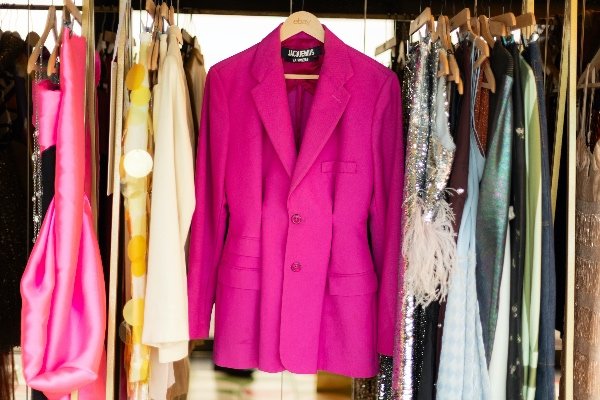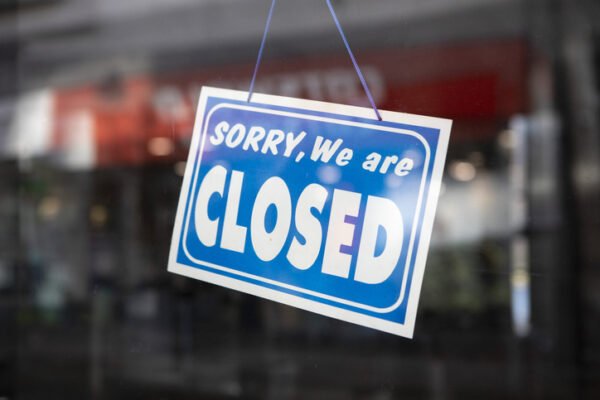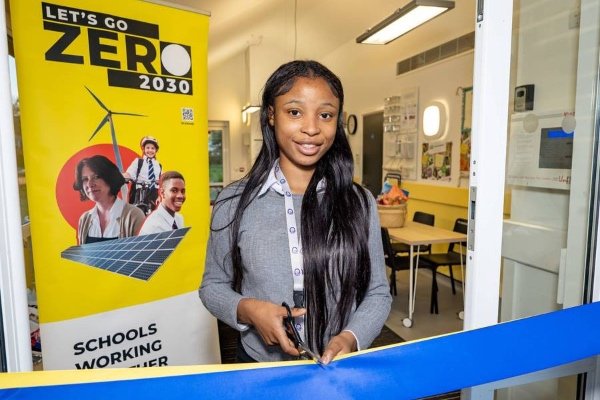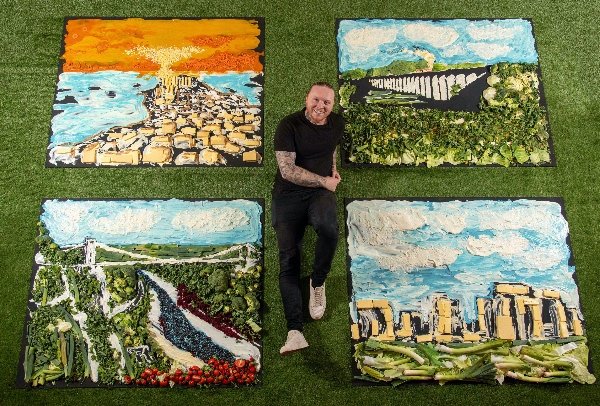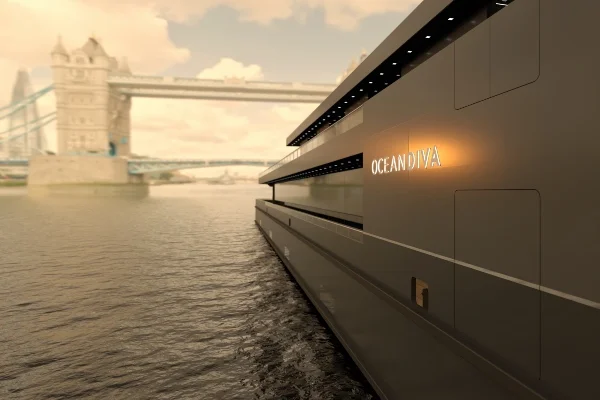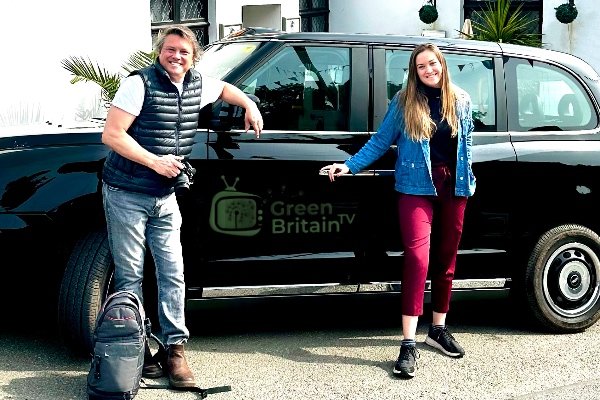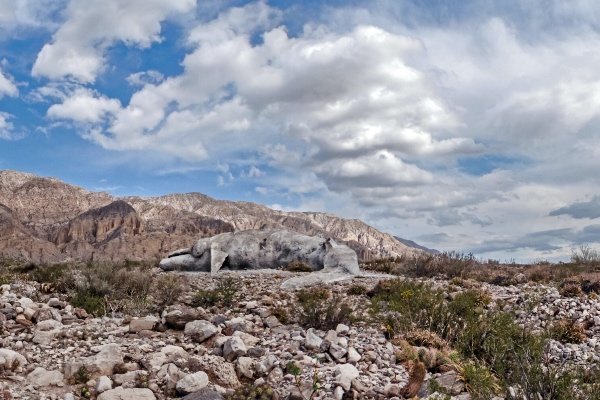Click here to find out why Interface’s Microsfera Flooring is a MyGreenPod.com Hero
This is just one example Duncan came across while researching his new book, The Re-Use Atlas. The book provides insights into how a circular economy would – and in some cases already does – work. ‘Within a circular economy there is no such thing as waste’, he says. ‘Waste from one system is ‘food’ for another – just like in the natural world.’
GETTING IT RIGHT
In a circular economy ‘dumb’ materials with no end-of-life strategy, such as the plastics invented in the 20th century, would have been replaced by more sophisticated materials that can be composted. ‘All products would be designed for re-assembly: they would be material stores for future projects, and would be reused rather than recycled.’ Duncan explains. He notes that BMW cars are 80% recyclable, but rather than being turned into new BMWs their parts are mainly used as aggregates for new roads.
Duncan admits he was ‘surprised’ to fi nd some of the most inspiring examples of closed loop design in larger, established companies; ‘Phillips Lighting now offers an option to ‘Lease Lux’ instead of buying light fittings that you’d have to throw away one day’, he tells us. ‘The customer has a lease agreement with Phillips, which must replace the the light fitting itself as well as any broken bulbs.’ Because Phillips is responsible for disposing of the products it manufactures, it’ll make sure the returned, redundant fittings are a resource it can reuse.
‘Interface currently makes some of its carpet tiles from old fishing nets collected by fishing communities in the Philippines’, Duncan continues. ‘At one level these communities are part of the Interface supply chain, at another they are cleaning up their natural environment and being paid to do it.’
STEPPING UP
In order for a circular economy to work, we all need to understand what the concept means. We also need legislation; in December 2015 the EU Circular Economy Package was published, highlighting the huge potential for jobs and wealth that genuine closed loop systems present.
But for Duncan, designers need to ‘step up’ to the challenges and design the systems, supply chains, materials, products and buildings that will supply a circular economy.
‘Many omnipresent materials have no end-of-life strategy beyond being toxic waste’, he says. ‘This will change. Designers will make sure that the things they design can be disassembled and reused again, and again and again. If designers can become more aware of the (sometimes) negative consequences of their decisions, then I believe that they will unpack the way they do things now and then literally reassemble their supply chain so that it is ethical, environmentally sensitive and, crucially, a closed loop.’
Click here for more on Duncan Baker-Brown’s book, The Re-Use Atlas.
 Play Video about This Rock Might Just Save The World
Play Video about This Rock Might Just Save The World Play Video about Play 2 hours of rock
Play Video about Play 2 hours of rock Play Video about Play 2 hours of brook
Play Video about Play 2 hours of brook Play Video about Play 2 hours of sheep
Play Video about Play 2 hours of sheep

















